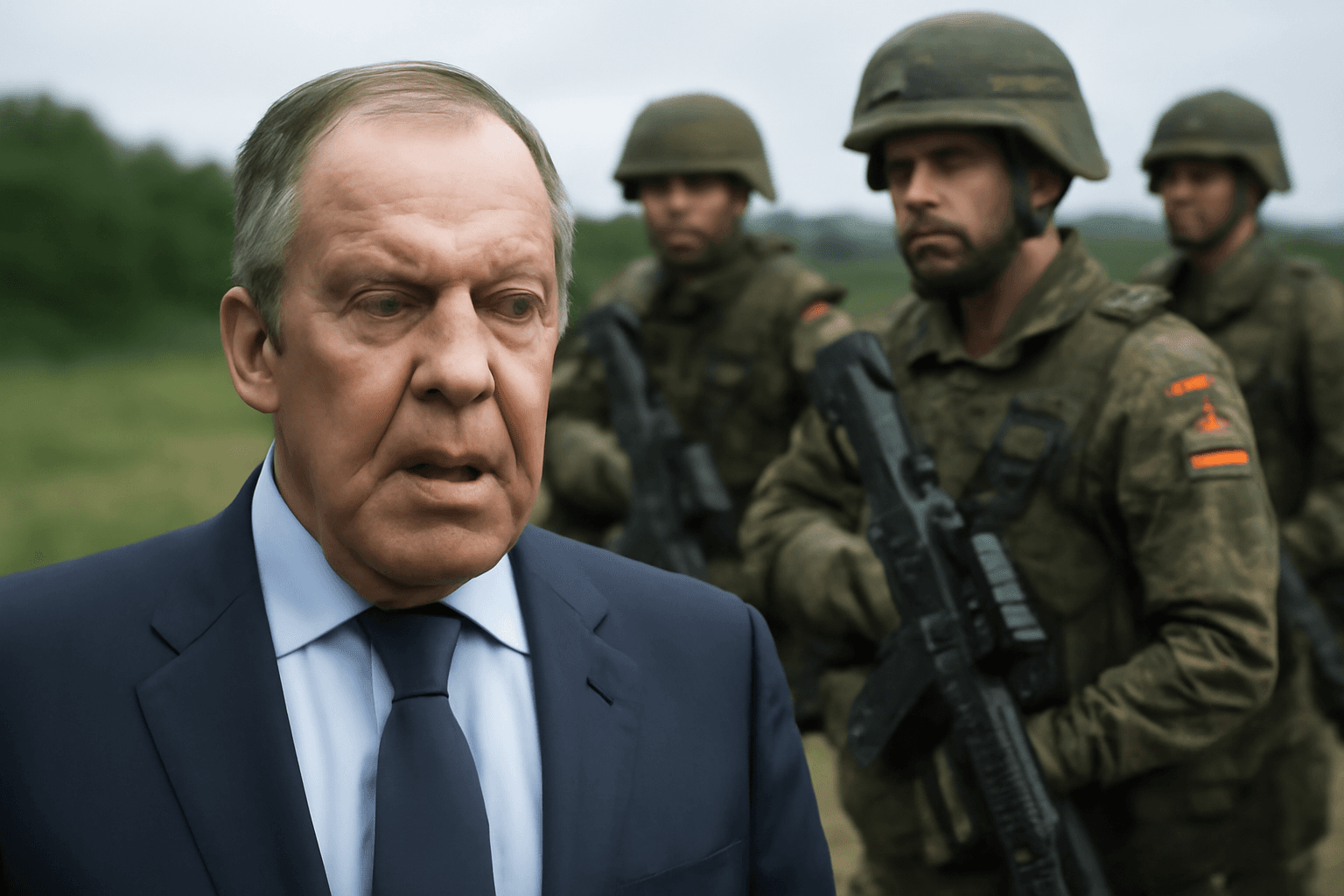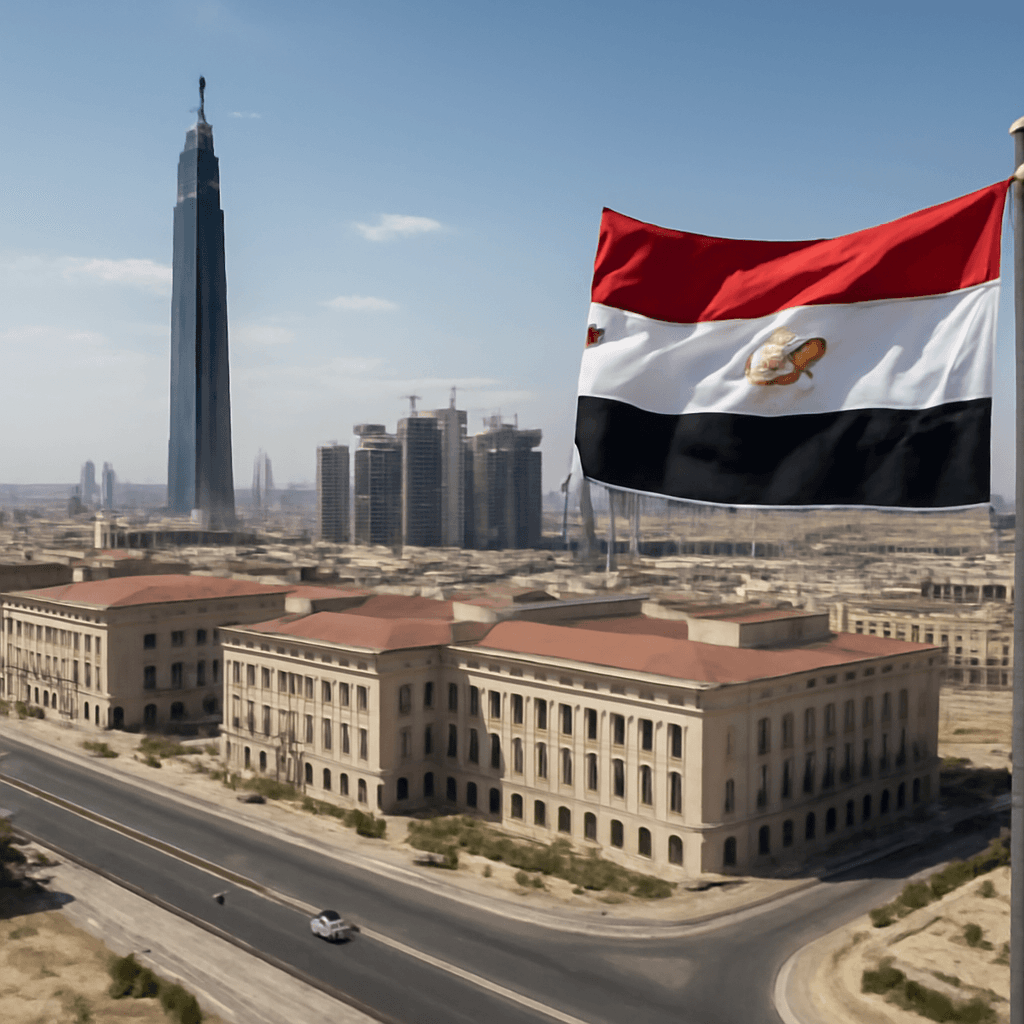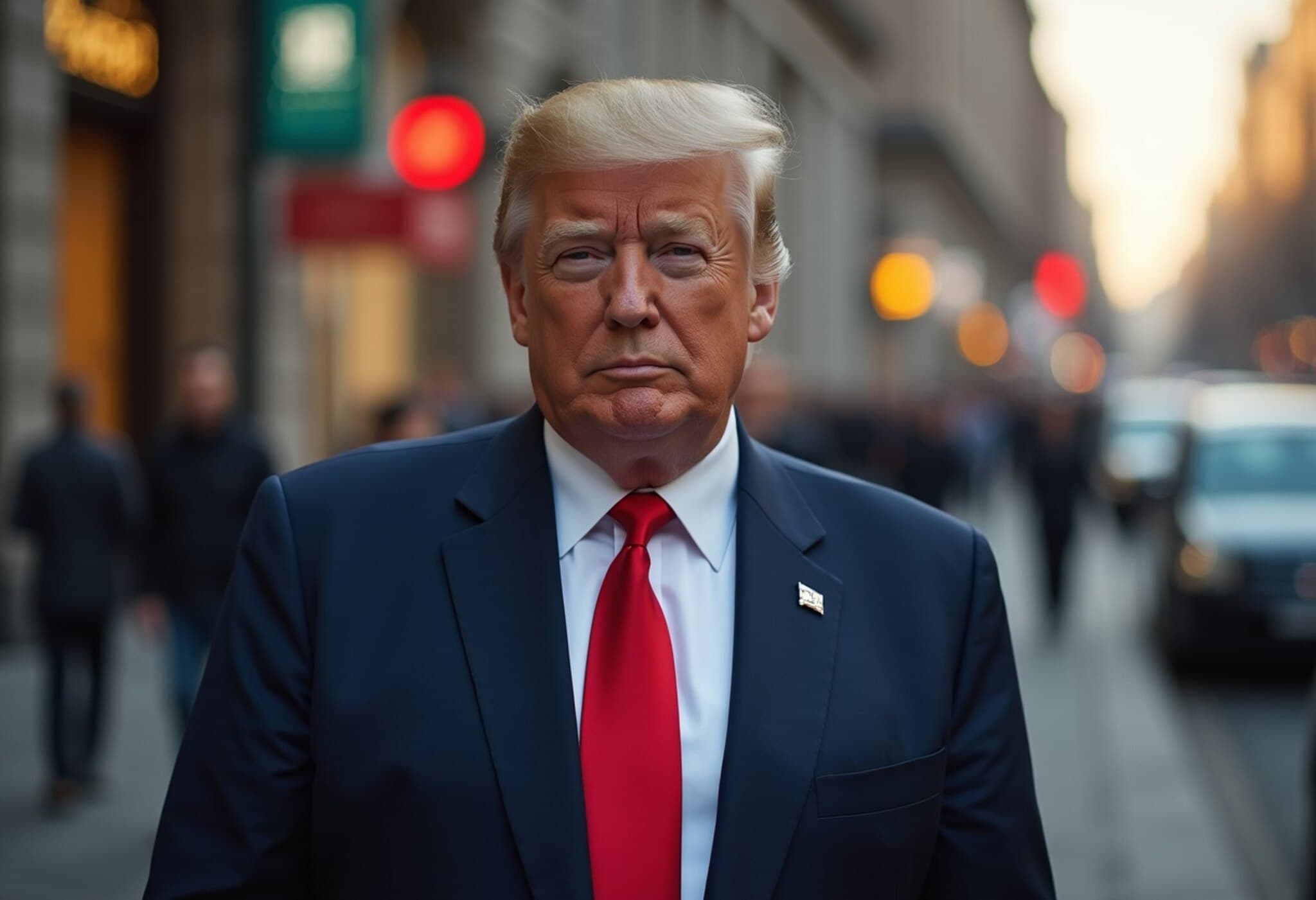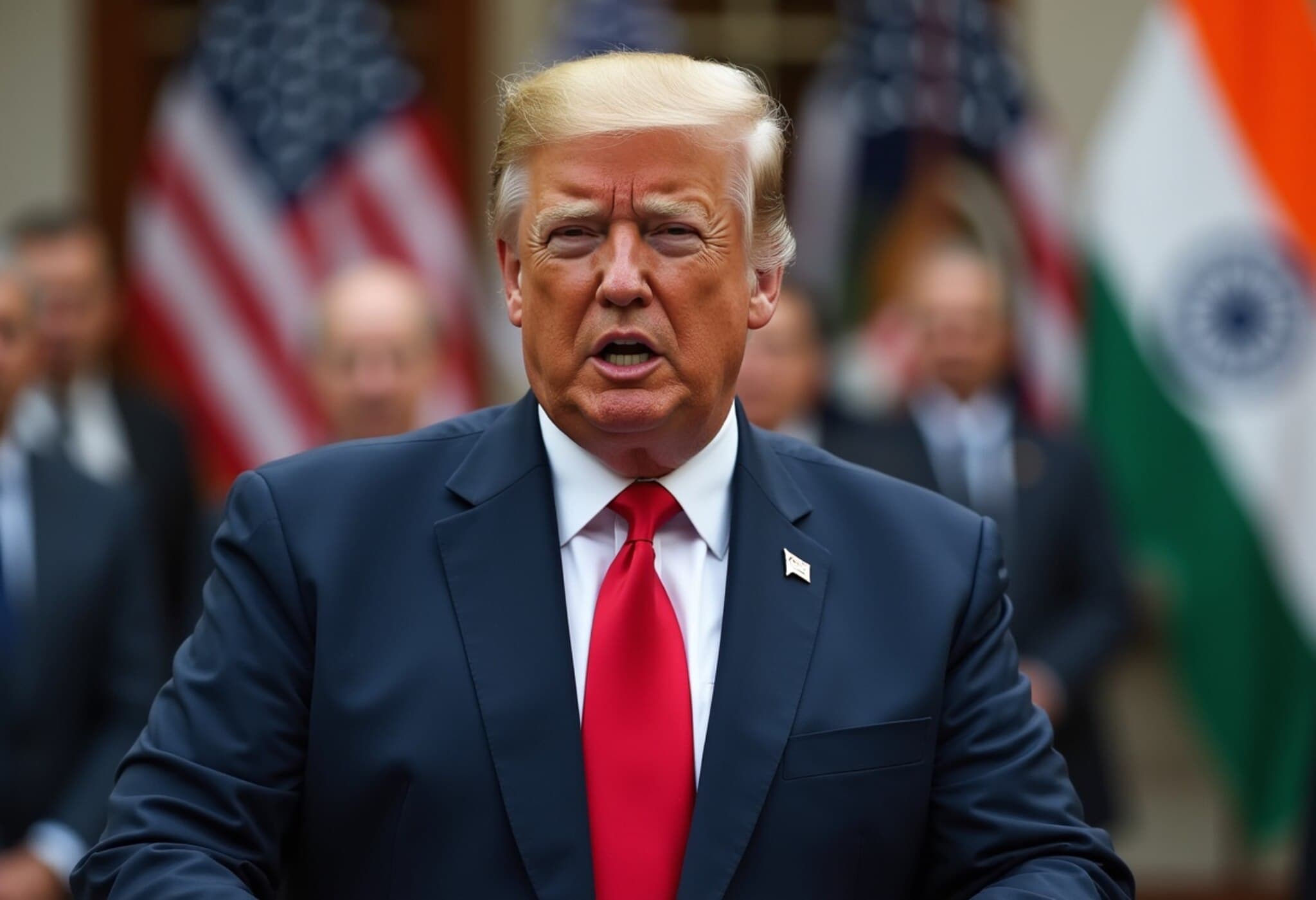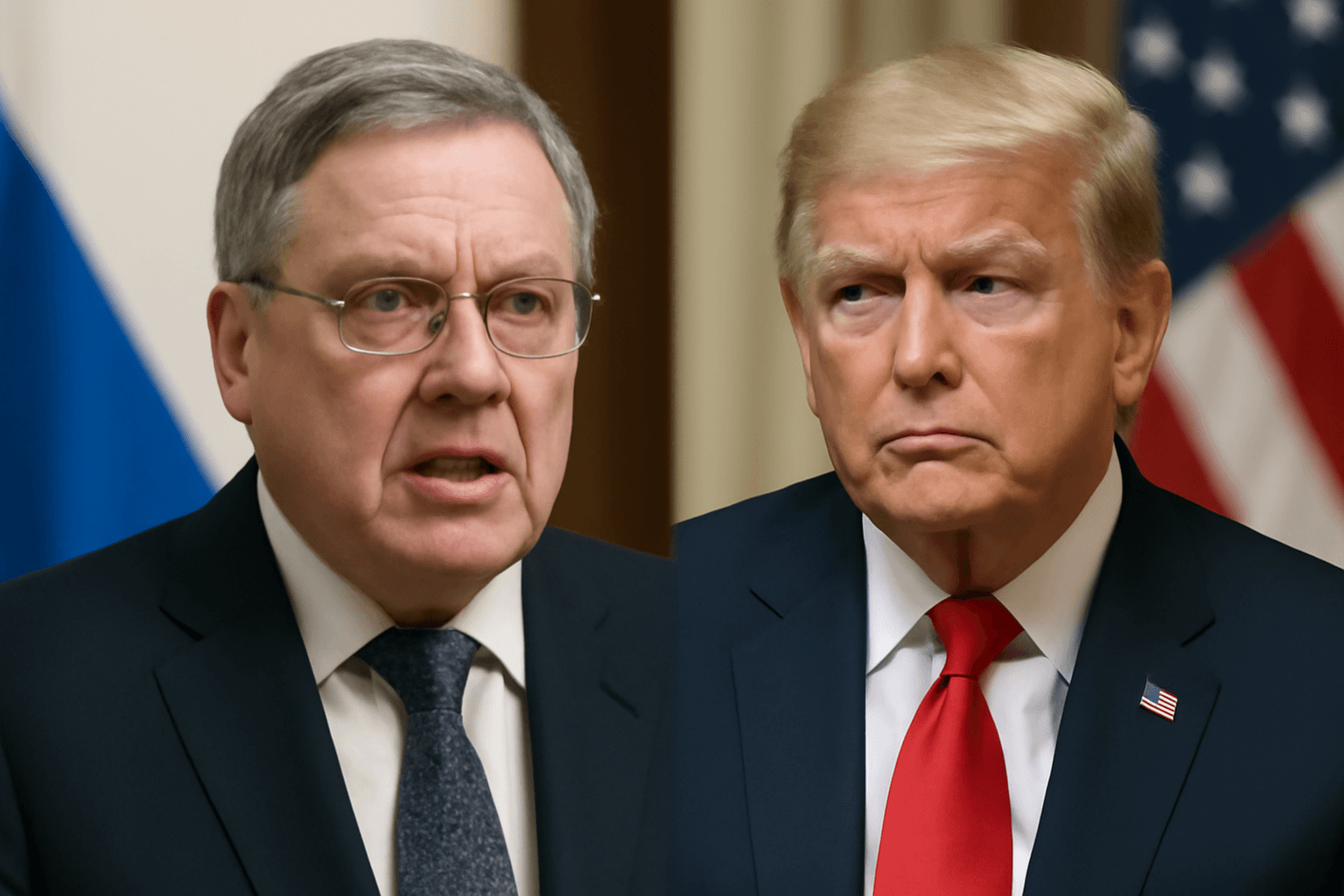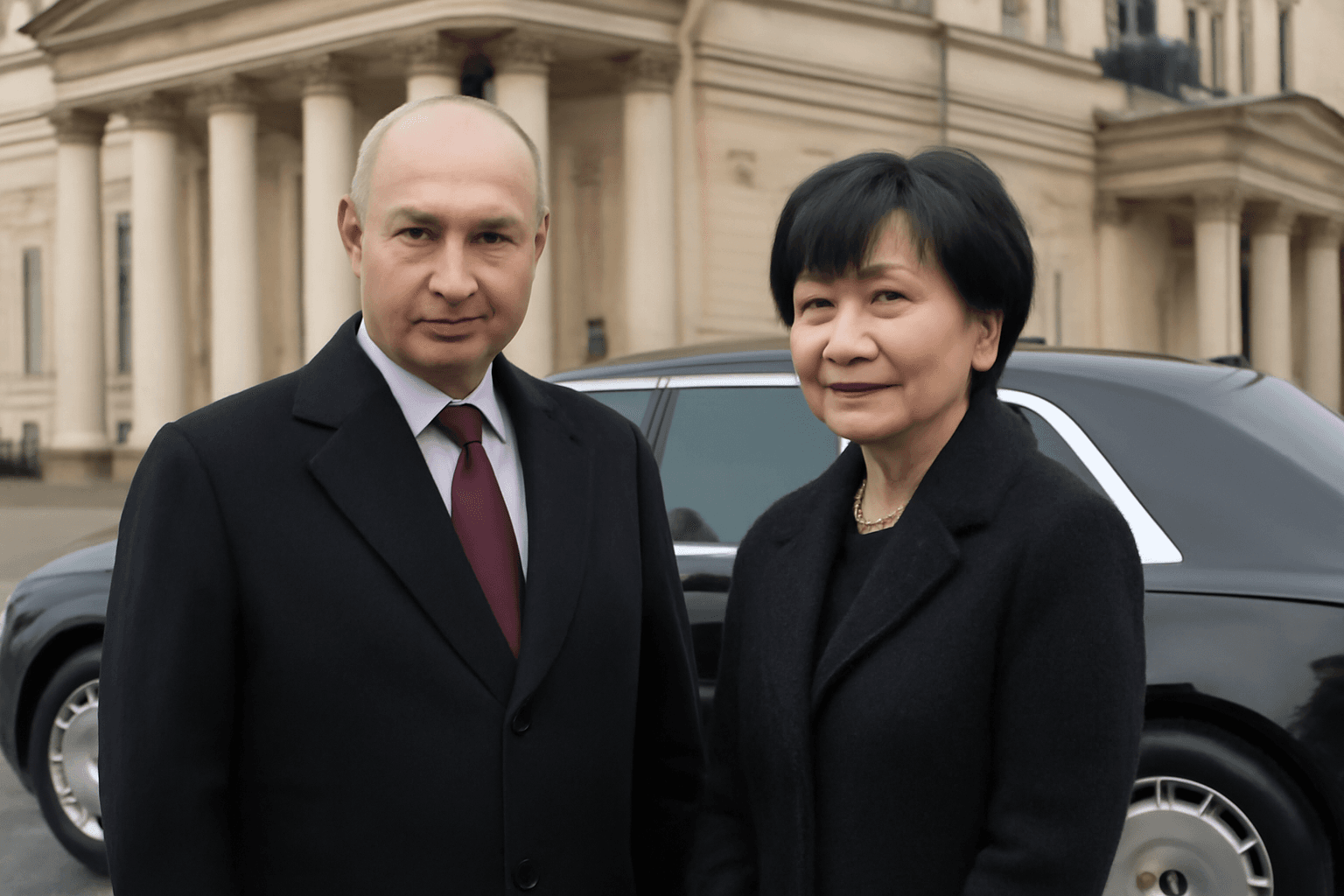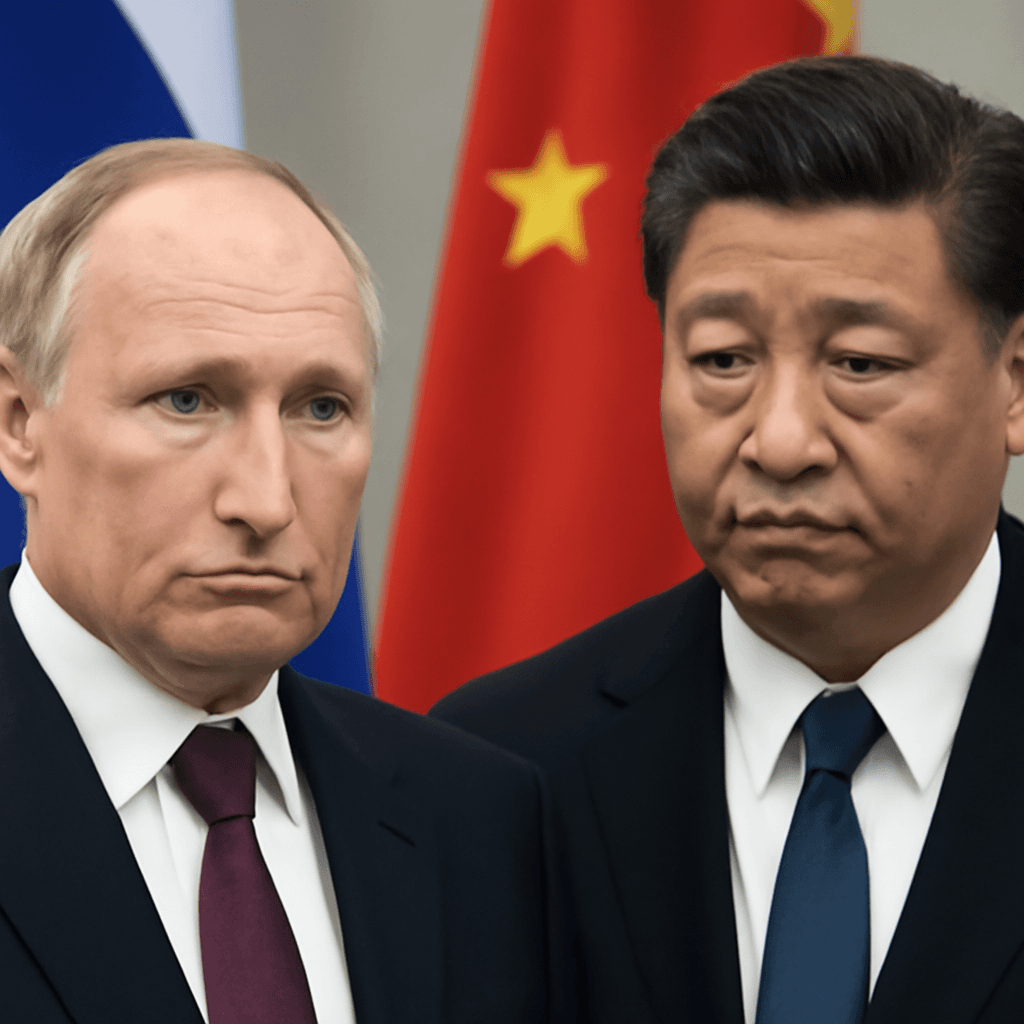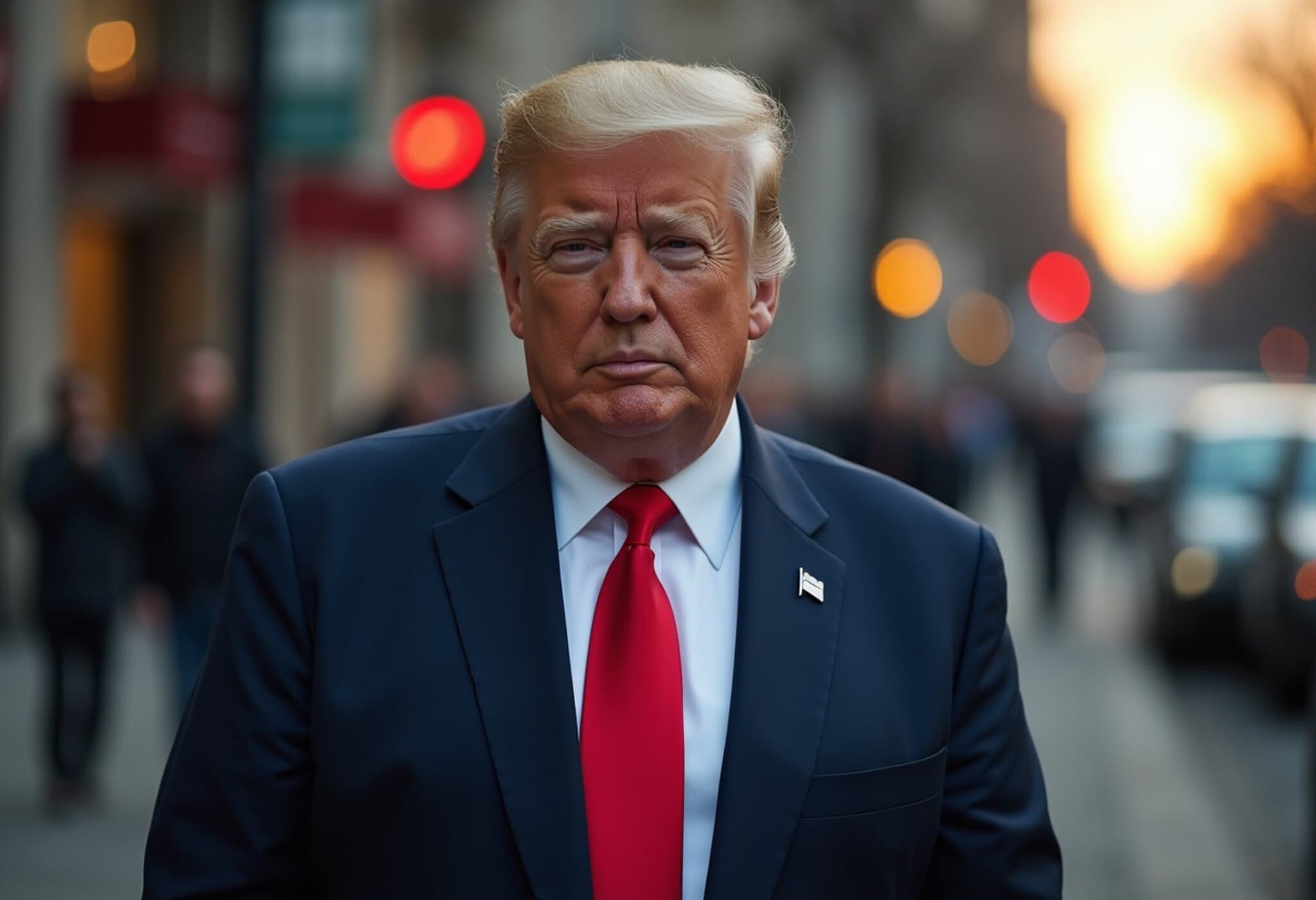Trump Signals Tougher Tariffs on India for Continuing Russian Oil Imports
In a bold escalation of trade tensions, former US President Donald Trump has announced plans to increase tariffs on India beyond the existing 25% rate, targeting New Delhi’s ongoing procurement of Russian crude oil. This move comes as the Ukraine conflict, which has now persisted for over three years, continues to draw sharp geopolitical and economic responses worldwide.
Background: The Complex US-India-Russia Triangle
India, the world’s most populous democracy and a strategic partner of the US within the Quad alliance, has faced mounting pressure to scale back its reliance on Russian oil. Importantly, Russian crude now accounts for roughly one-third of India’s total oil imports — a dramatic rise from just 1% prior to the conflict.
According to recent reports, India imported approximately 1.75 million barrels per day of Russian oil during the first half of 2025, as domestic refineries sought affordable energy sources amid global supply shocks. India’s External Affairs Ministry has emphasized that these purchases were driven by pragmatic considerations—ensuring energy security amid shifting global trade flows following Europe’s pivot away from Russian supplies.
Trump’s Tariff Threat and Its Wider Implications
On social media, Trump stated:
“India is not only buying massive amounts of Russian Oil, they are then, for much of the Oil purchased, selling it on the Open Market for big profits. They don’t care how many people in Ukraine are being killed by the Russian War Machine. Because of this, I will be substantially raising the Tariff paid by India to the USA.”
This rhetoric underscores Trump's characteristic use of tariffs as leverage in geopolitical disputes. The threat to raise tariffs—potentially up to 100%—is designed to penalize India not just for buying Russian oil, but for allegedly profiting from onward sales. Currently, these increased levies are set to take effect from August 7, 2025.
India Pushes Back: Sovereignty and Economic Security at Stake
Indian officials quickly dismissed the proposed tariffs as “unjustified and unreasonable,” indicating that India would take all necessary steps to protect its economic interests. A spokesperson highlighted the perceived double standards, noting that many Western nations continue to trade with Russia in commodities such as uranium, palladium, and fertilizers, often without facing similar sanctions.
India’s stance reflects its delicate balancing act — striving to maintain strategic autonomy amid pressure from Washington while managing its own energy demands and economic realities.
Geopolitical Context: Mediation Efforts, Sanctions, and the Ukraine Horizon
Trump’s announcement coincides with a critical diplomatic juncture. He has set a Friday deadline for Russian President Vladimir Putin to agree to a ceasefire, threatening further sanctions on Russia and its allies if hostilities continue. While Trump’s special envoy, Steve Witkoff, may visit Moscow to facilitate negotiations, skepticism remains about Russia’s willingness to comply.
Meanwhile, reports conflict on whether Indian state-owned refineries have paused Russian oil imports. Initial accounts suggested a halt, but more recent information indicates continued deliveries, highlighting the complexity of disentangling trade ties.
Expert Insights: What This Means for US-India Relations and Global Energy Politics
- Economic Interdependence vs. Political Pressure: India’s dependency on affordable energy, especially in an inflation-hit economy, complicates Washington’s push for stricter sanctions.
- Geo-Strategic Balancing: India’s simultaneous membership in the Quad and its engagement with Russia underline a nuanced foreign policy aimed at maximizing strategic autonomy.
- Trade as a Lever of Power: Trump's approach reflects a broader trend of weaponizing tariffs in geopolitical disputes, raising questions about the long-term impacts on bilateral trade.
- Regional Stability: Any escalation in US-India tensions could reverberate across Asia-Pacific security architectures, affecting cooperation on China and other shared threats.
Looking Ahead: Questions Worth Considering
Will the tariff threats push India to alter its oil sourcing, or reinforce New Delhi’s resolve to pursue independent energy policies? How might these tensions influence upcoming US-India trade negotiations? And what role will other global players, including China, Russia, and the European Union, play as the global oil landscape shifts amid geopolitical fault lines?
Editor's Note
Trump's proposed tariff hike against India for buying Russian oil spotlights the intricacies of global energy politics amid the protracted Ukraine conflict. It serves as a potent example of how economic tools are increasingly deployed as instruments of foreign policy. As India navigates between securing vital energy needs and maintaining strategic ties, the evolving US-India dynamics will be critical to watch—not only for their bilateral implications but for broader regional and international stability.


